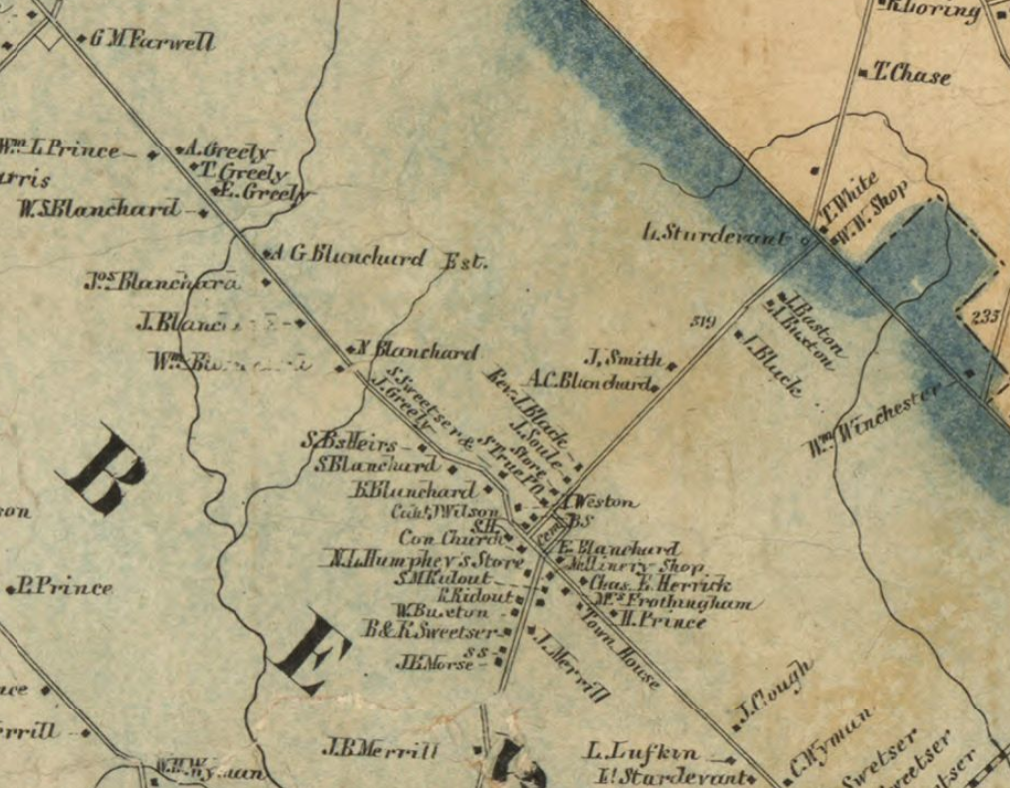If you’re stuck at home social distancing and looking for something to do, why not research the history of your house? Many of the documents you need are accessible online, and when you’re done you can even apply for a Historic Property Marker from Landmarks!
Start with the house itself. Gather what you know about the house – how old is it? Did previous owners leave you any information? Was it significantly altered? What style is your house? You can use our style guide or one of many other online resources to help identify domestic architecture style, like this one.
Many buildings were built based on plans in architectural publications or catalogues in the 19th and early 20th century. In the 19th century, building books by Asher Benjamin and Andrew Jackson Downing were very popular, and many of their titles are freely available to browse on Google Books or Archive.org. The most well-known of the 20th century catalogues are those advertising the Craftsman kit homes sold by Sears, Roebuck and Co. For more information on these kit homes click here.
You can start tracing the history of your home’s owners using a deed search. Most counties in Maine allow you to search for deeds online – here’s the online search for the Cumberland County Registry of Deeds.
Digitized deed from the Cumberland County Registry
Start with your deed and trace the ownership history by noting the seller’s name and the legal description of the property. Each deed will usually reference an earlier deed, allowing you to trace the ownership history back in time. Write down the Book and Page of the deed from when the seller purchased the property. Next search for the seller’s deed of purchase and note whom they bought it from, working your way back to the first deed that lists the purchase of land AND buildings, then you've probably found the original owner!
Some towns publish an ownership history in their assessor database, including owner name and the Book and Page of the deed in the Registry of Deeds (you can find your town’s assessor database on your town's website, or by googling). This information can help you find earlier deeds.
A page from the 1850 US Census
Next, learn more about your home’s previous occupants. You can search for previous owners in US Census records, vital records, and local directories to learn more about their families and occupations. Because Census and City Directory records include addresses, you can confirm it’s the correct person and learn what they did while they lived in your house. You can also access marriage and death records, which can sometimes give you a deeper understanding of the occupants of your house. Did they buy the house the year they were married? Did they purchase it from the descendants of the previous owner after he died?
Ancestry.com is a great way to search these records if you have access. FamilySearch.org provides free access to all Census records and some other local records if you make a free account. FindAGrave.com is another resource for learning about your home’s occupants. Although less extensive than others, this free database has vital information about the people whose graves have been recorded, and in some cases includes photographs and short biographies.
If your building is substantial in size and style, it might have been designed by an architect. If you are fortunate enough to learn the name of the architect that designed your building, there are several biographical sites with information on prominent local architects:
1924 Tax Record photo of 270 Brackett Street
You can also discover more about your house through images and maps. If you live in Portland, search for your address on Maine Memory Network to see what it looked like when it was photographed for the 1924 tax records, a good way to track how your home has changed over the years. Residents of other towns can check to see if your local library or historical society has photographs available online.
Searching for your house on a map can show how your neighborhood developed, if the footprint of your building changed, and sometimes can even show you past uses of your building. Maps available online include:
Cumberland Center in the 1857 Map of Cumberland County
Once you know more about your home’s occupants and how your home has changed over time, you can start to situate the story of your house into a larger historical context. Learning about the development of your town or neighborhood can help you situate the context in which your house was built. Was it one of the first homes in the area? Or was it part of a development boom? Consult local history books about your neighborhood or town, like Portland or Deering. Many towns also have local history resources available online, including South Portland, Cumberland, Falmouth, and Portland - try checking the website of your local library or historical society. The Digital Maine repository contains a multitude of local history records.
Thinking about the wider history of the state and the country – statehood, war, economic booms, and recessions - can also help you tell the story of your home. What has your home seen?
As you research your house, compile the information you find in a document or a notebook so you can share it with future owners! And if you complete the research in this blog post, you’ll have all you need to get a Historic Marker from Landmarks to display.






